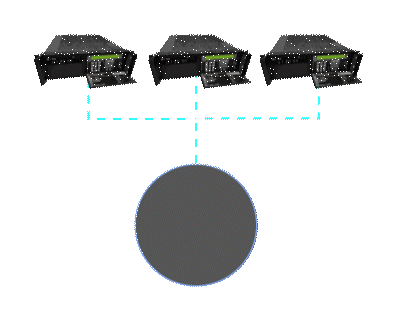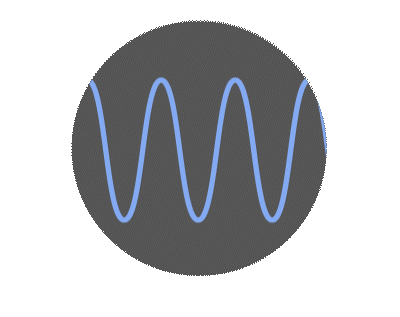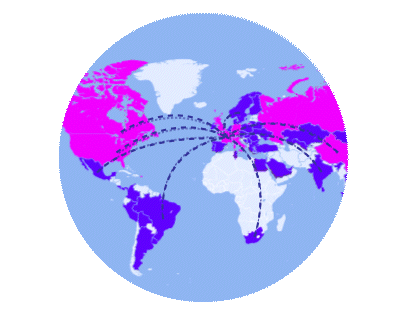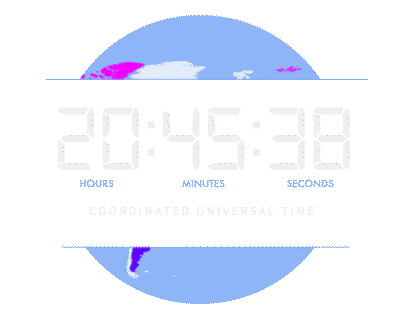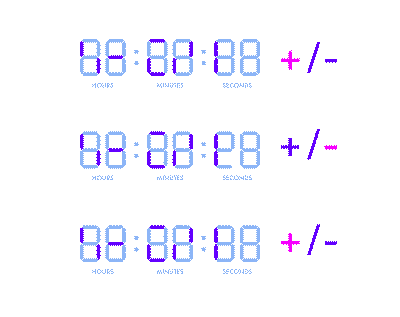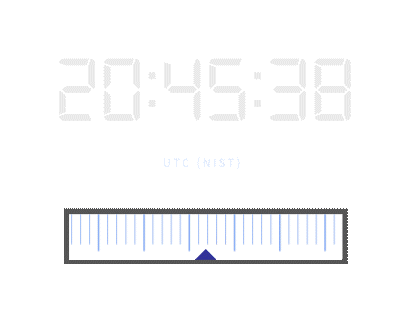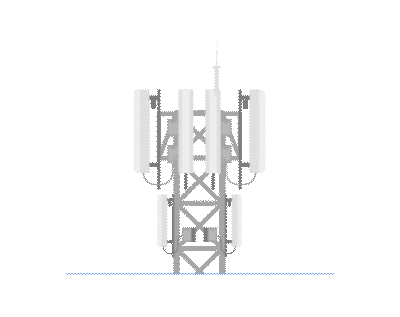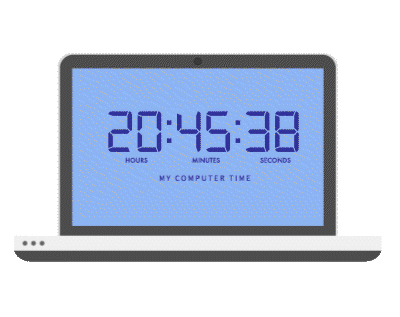NIST staff in Boulder, Colorado operate an ensemble of commercial atomic clocks to produce official U.S. time.
How Does Atomic Time Get to Your Computer?
Scroll down to follow the journey of time from atomic clocks in government labs to the computer you’re reading this on.
Created September 30, 2024, Updated October 17, 2024



